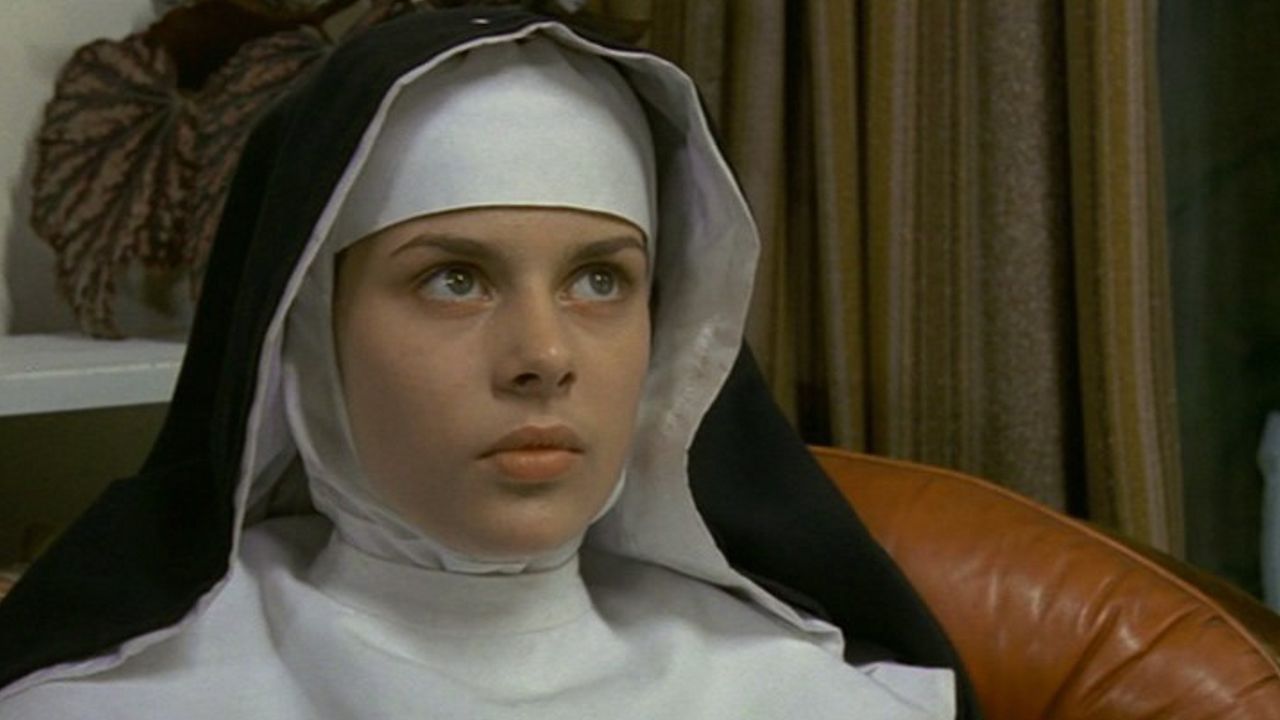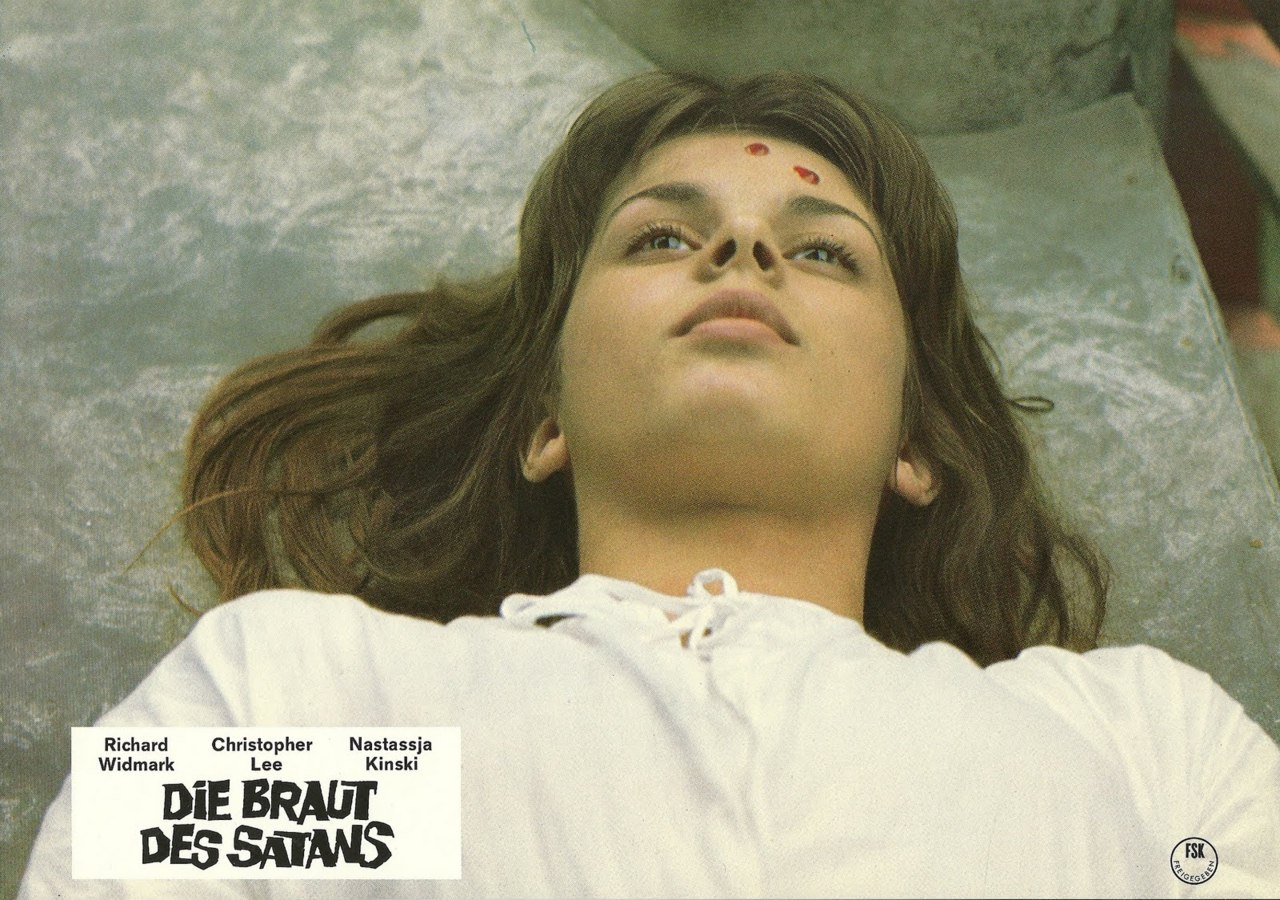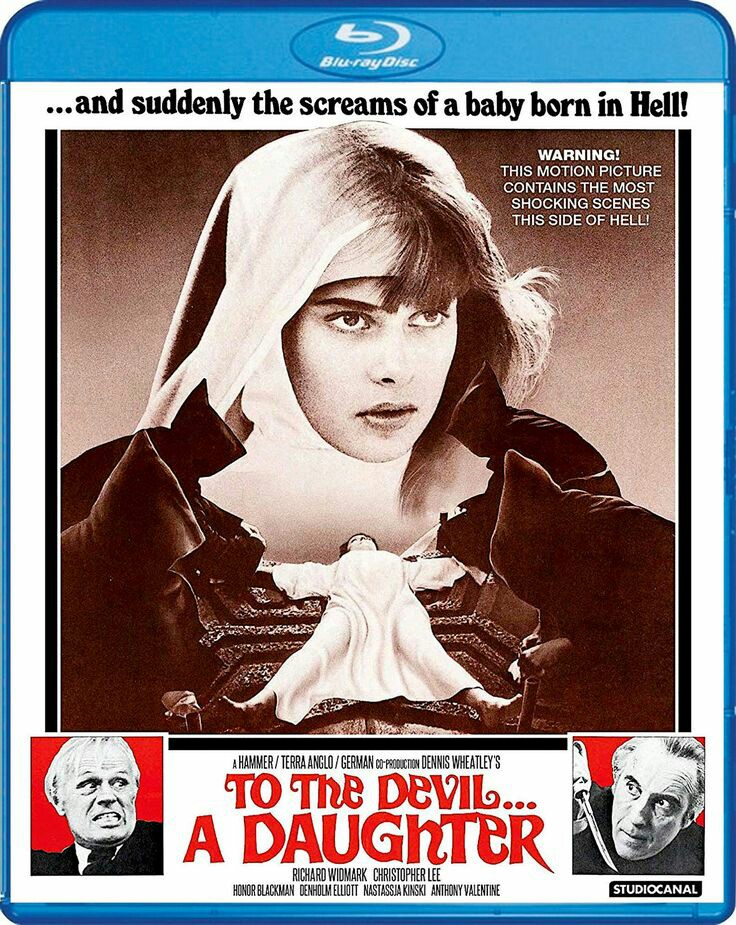In the realm of classic horror films, few titles have captured the imagination and intrigue of audiences like To the Devil a Daughter (1976). Directed by Peter Sykes and starring the iconic Nastassja Kinski, this film is a fascinating blend of supernatural horror, religious themes, and psychological tension. With its unique narrative structure and atmospheric visuals, it remains a compelling piece of cinematic history.
This article explores the significance of To the Devil a Daughter, focusing on Nastassja Kinski’s role as Catherine Beddows, her performance, and the film’s overall impact. We’ll also delve into the cultural context of the film, its reception, and why it continues to be relevant today.
The Plot and Its Themes
The film is based on Dennis Wheatley’s 1953 novel of the same name and follows the story of John Verney, an American occult expert who becomes involved in saving a young girl named Catherine from a Satanic cult. The cult, led by the enigmatic and sinister Father Michael Rayner (played by Christopher Lee), seeks to use Catherine as a vessel for the demon Astaroth.
As the plot unfolds, we witness the dark rituals and manipulations of the cult, while Verney attempts to uncover the truth behind their plans. The narrative is layered with elements of body horror, psychological tension, and religious symbolism, creating a rich tapestry of themes that explore the intersection of faith, power, and morality.
Nastassja Kinski’s Performance

Nastassja Kinski, then just 14 years old, delivers a remarkable performance as Catherine. Her portrayal captures the innocence and vulnerability of a girl caught in a web of darkness. Kinski’s performance is both haunting and powerful, bringing a sense of authenticity to the role. Her character’s journey from naivety to realization is a central element of the film, and Kinski’s ability to convey this transformation is one of the film’s most memorable aspects.
Kinski’s casting was significant, as she was chosen after director Peter Sykes saw her in Wim Wenders’ The Wrong Move (1975). Her presence adds a layer of youthful energy to the film, contrasting with the more seasoned actors like Christopher Lee and Richard Widmark. This dynamic helps to highlight the tension between the innocence of youth and the corruption of the adult world.
The Cultural Context

Released in 1976, To the Devil a Daughter emerged during a time when horror films were exploring new themes and narratives. The film reflects the societal anxieties of the era, particularly around issues of religion, morality, and the fear of the unknown. It taps into the collective consciousness of the time, offering a commentary on the power of belief and the dangers of unchecked ambition.
The film’s exploration of the demonic child trope, which has been a recurring theme in horror fiction, is particularly noteworthy. This concept, often associated with maternal anxiety and the fear of the unknown, is vividly portrayed through the character of Catherine. The film’s depiction of the birth of a demonic child, though not shown on screen, is a powerful symbol of the fears and taboos surrounding pregnancy and childbirth.
Reception and Legacy
Upon its release, To the Devil a Daughter received mixed reviews. Critics praised the film’s atmosphere, performances, and visual style, but some found the narrative convoluted and the pacing uneven. Despite this, the film was a financial success for Hammer Films, marking one of their most profitable releases of the 1970s.
Over the years, the film has gained a cult following, with fans appreciating its unique approach to the horror genre. The film’s legacy is further cemented by its influence on later works, including references in music and other media. For instance, the line “It is not heresy … and I will not recant!” from Christopher Lee’s character was sampled by the band White Zombie, highlighting the film’s lasting impact.
Why It Matters Today

While To the Devil a Daughter may not be as widely recognized as some of the more famous horror films of the 1970s, it remains a significant piece of cinematic history. Its exploration of complex themes, coupled with strong performances and atmospheric visuals, makes it a worthwhile watch for fans of the genre.
The film’s relevance today lies in its ability to provoke thought and discussion about the nature of good and evil, the power of belief, and the consequences of unchecked ambition. As society continues to grapple with issues of morality, religion, and the unknown, To the Devil a Daughter serves as a reminder of the enduring power of storytelling.
Conclusion

In conclusion, To the Devil a Daughter (1976) is a standout example of 1970s horror cinema, featuring a compelling narrative, strong performances, and a unique exploration of supernatural themes. Nastassja Kinski’s portrayal of Catherine is particularly noteworthy, showcasing her talent and adding depth to the film’s story.
As we continue to explore the rich history of horror films, To the Devil a Daughter stands as a testament to the power of storytelling and the enduring appeal of the supernatural. Whether you’re a fan of the genre or simply curious about classic cinema, this film offers a captivating experience that is well worth watching.
Author: [Nama Lengkap]
Title/Role: [Jabatan atau keahlian]
Credentials: [Ringkasan kualifikasi atau pengalaman terkait]
Profile Link: [Link profil, opsional]
References:
– [Source 1]
– [Source 2]
– [Source 3]
Internal Links:
– [Link to related article 1]
– [Link to related article 2]
– [Link to related article 3]
Call to Action:
Stay updated with the latest news and explore the timeless classics of cinema.











More Stories
US Trending News: The History and Legacy of Zoo York in Streetwear Culture
US Trending News: Exploring Zach Top Greensboro
US Trending News: Youngboy Concert in Birmingham: What to Know Before You Go